Traveling through Southeast Asia, we came to recognize something we referred to as “The Banana Pancakes Trail.” This is essentially a well-worn tourist circuit where one can stay in cheap hostels and make your way across several countries. Most hostels seemed to offer banana pancakes on their breakfast menu, not exactly authentic local cuisine, hence the name. As we saw it, this trail probably runs from Bangkok to Ho Chi Minh City, although you could make a more extensive one looping in Myanmar and Laos.Trekking through Southeast Asia, you’re likely going to see some of the same (tourist) faces as you move from place to place. Many others are moving through similar itineraries, also starting their days with healthy breakfasts of pancakes or muesli and such. In Southeast Asia, it seems like the age demographic for tourists is fairly young. I’m sure it depends on your activities, but you’ll see lots of college-aged students and gap-year Europeans backpacking on a budget. On this trip through Central Asia, we’ve noticed a similar “trail”. There is definitely a tourist loop that takes you at least from Kyrgyzstan to Uzbekistan. It seems like Kazakhstan and Turkmenistan might be the outliers for some tourists. We’ve seen some faces repeat from place to place. However, there’s a very big difference here vs Southeast Asia with the age demographic. It seems like 80-90% of tourists visiting Central Asia are retirement age. We’re now in Uzbekistan, and this is like some kind of pensioner Mecca. I could speculate on why this is…. a reasonable answer might be that there is not much in the way of nightlife in Central Asia and loads of boring museums and ancient buildings. Another possibility is that these countries are far enough down people’s “bucket list” that many don’t get around to visiting them until they’ve almost kicked the bucket.
Uzbekistan has been the most extreme in terms of quantities of retiree tourists all over the place. I imagine all the low-budget travel documentaries on “The Silk Road”, highlighting the ancient cities of Samarkand and Bukhara, giving busloads of people the same misguided idea that they would be visiting somewhere off the beaten path. I can assure you, the path is well beaten, and unlike neighbors like Tajikistan, it’s replete with curb cuts and wheelchair ramps. Being a tourist hot spot does have it’s advantages though. Our lodging has been pretty nice overall. While the Ramada in Tashkent was a dump, clearly in sharp decline, the boutique hotels we stayed at in Samarkand and Bukhara were both comfortable and charming. There are plenty of English-speaking shopkeepers. The cities have been easy to navigate. For an inexperienced traveler or a family group, Uzbekistan is safe, comfortable, and approachable. It’s probably closer to a Western European tourist destination than any other place in Central Asia.At this point, we’re heading off to our final Stan country: Turkmenistan. The drive from Bukhara to the Turkmenistan border at Turkmenabat is about 90 minutes. After that, we’ll be driving to the town of Mary, taking a day tour, and flying out in the evening to the capital of Ashgabat. Uzbekistan can be a frustrating bureaucracy, and certainly has elements of a police state, but it’s nothing compared to Turkmenistan. I think we’ll have internet there. It’s even possible that we’ll be able to get SIM cards there, but we’ll see. Stay tuned. Turkmenistan may just prove to be the most interesting stop.
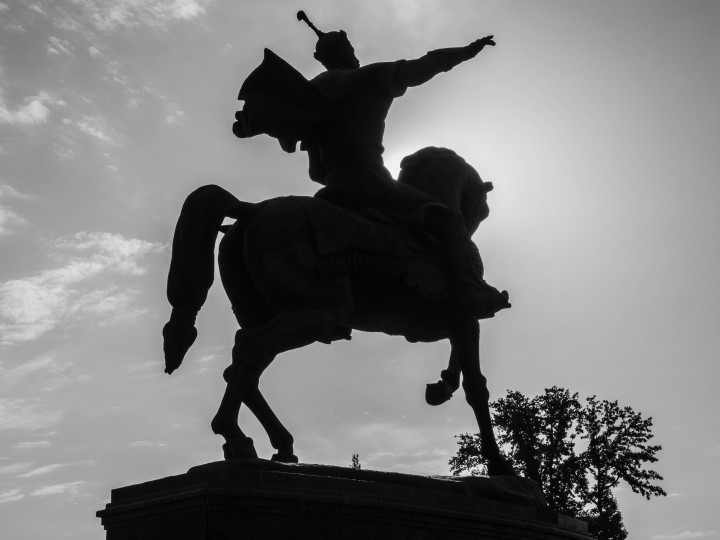
Very nice park, had some college students interview us for their English class. We've turned into a spectacle lots of times on this trip with people wanting to practice English.
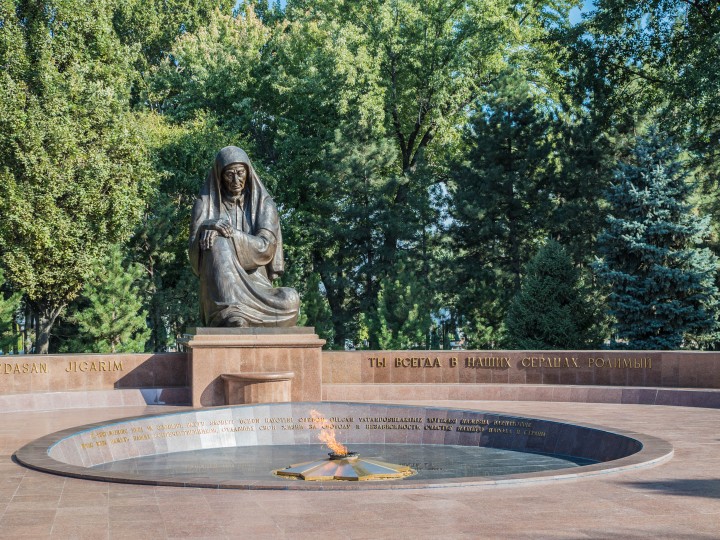
WWII Memorial. Uzbekistan had ~300k casualties out of 6.5m population. Buildings at this site have all of their names engraved on metal sheets, divided by province.
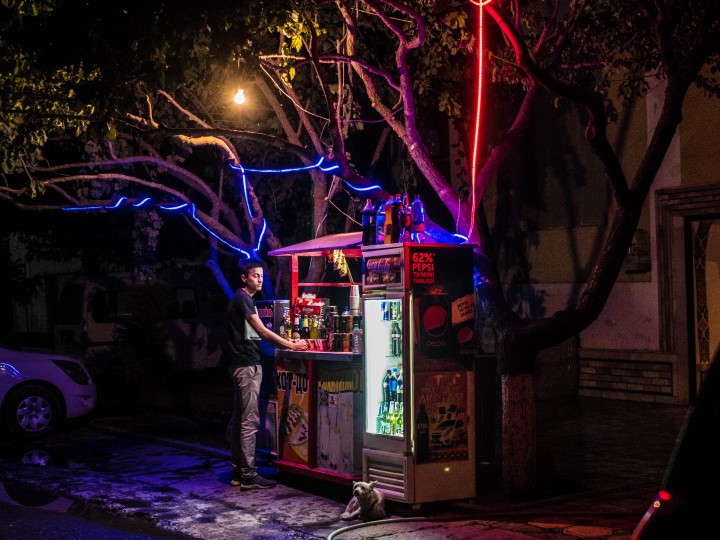
Samarkand... Pro tip: A "hot dog" may not even remotely resemble your expectation. "I'll have one" produced a giant piece of pita-like bread stuffed with shredded pickled beets, cucumber, carrots, bologna, half a jar of mayonnaise, something like ketchup, regular pickles, fried onions, and yes, a small frankfurter buried at the bottom.
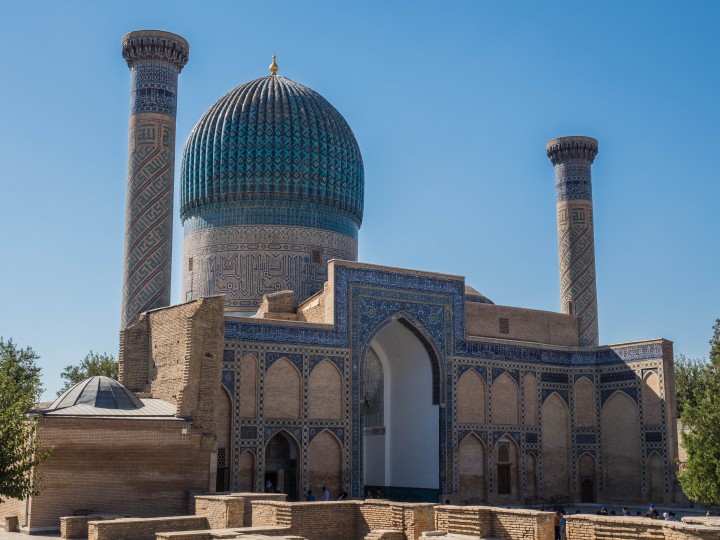
Gur-e Amir Mausoleum, Samarkand. I may have misjudged vaulting over a concrete ledge here. An extra couple of feet drop onto concrete is actually relevant to a smooth landing. All that smooth white stone just threw off my depth perception. Luckily I'm still bouncy enough that nothing broke. As it was... totally hilarious to Martha and Greg.
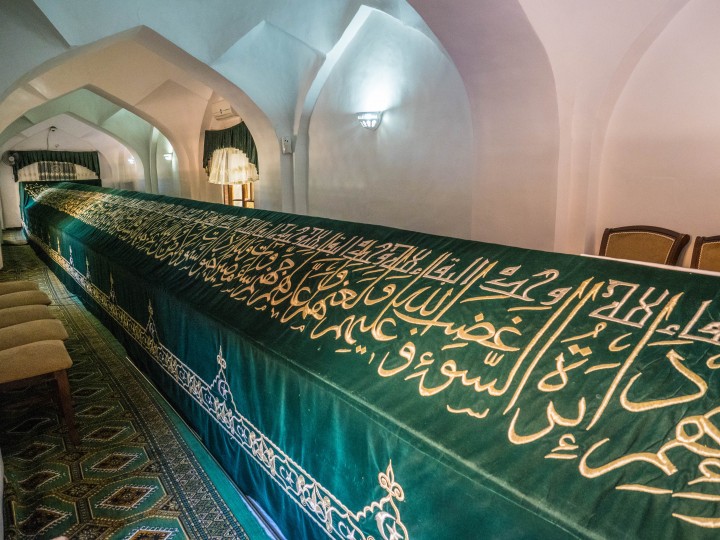
St Daniels Tomb, Samarkand. Apparently there's some kind of holy arm bone or something that will grow with time.
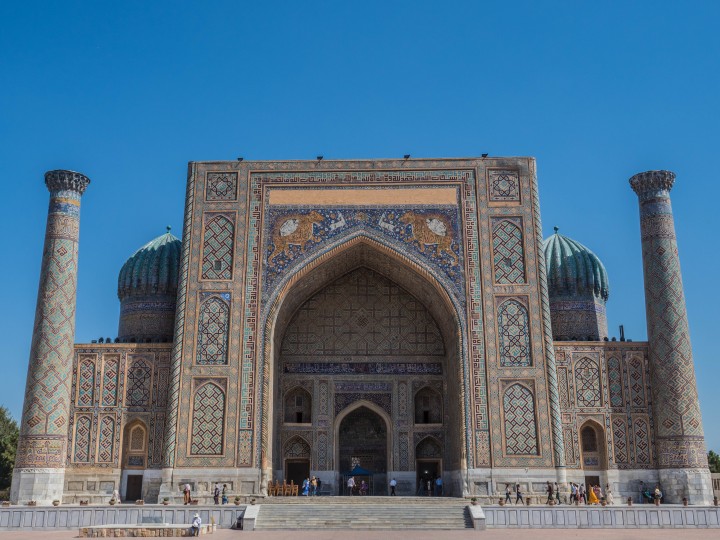
Sher-Dor Madrasah, Registan Square, Samarkand. One of only two mosques depicting living creatures (lions here)
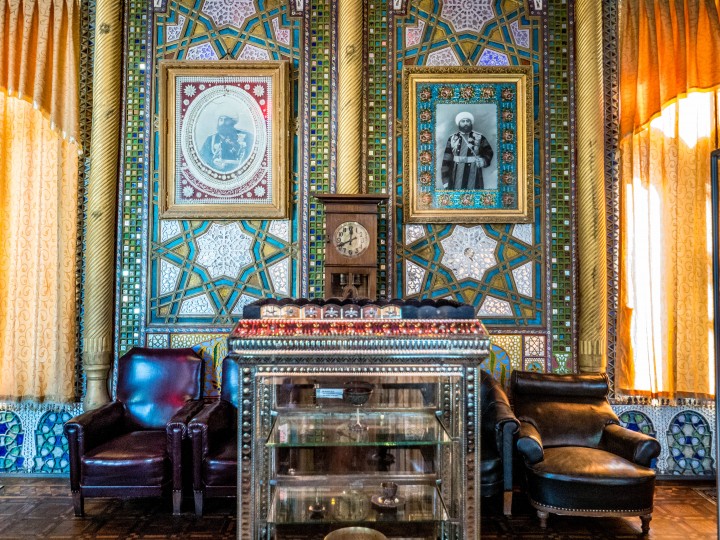
When the Bolsheviks ran off the Emir, the official history is that he left behind his harem and took along a band of "dancing boys" with him to Afghanistan. Greg insists this is fake news from the Russians.
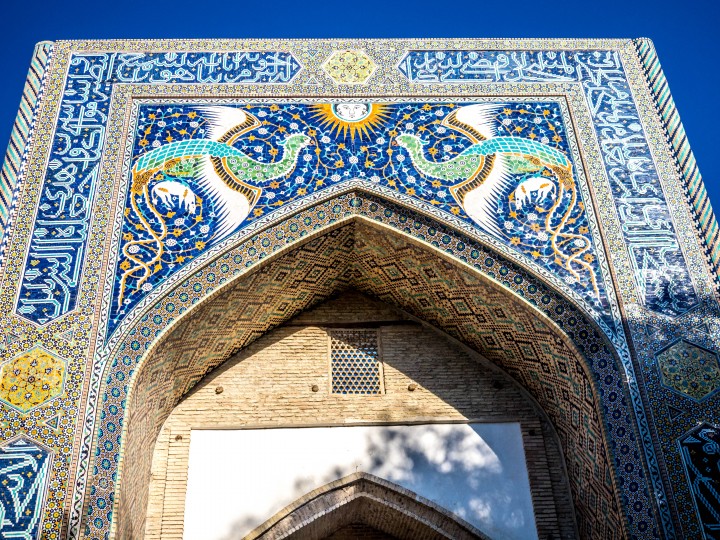
Nadir Divan Begi Madrasa in Bukhara, The second (of two) Islamic structures depicting living creatures, in this case a pair of cranes
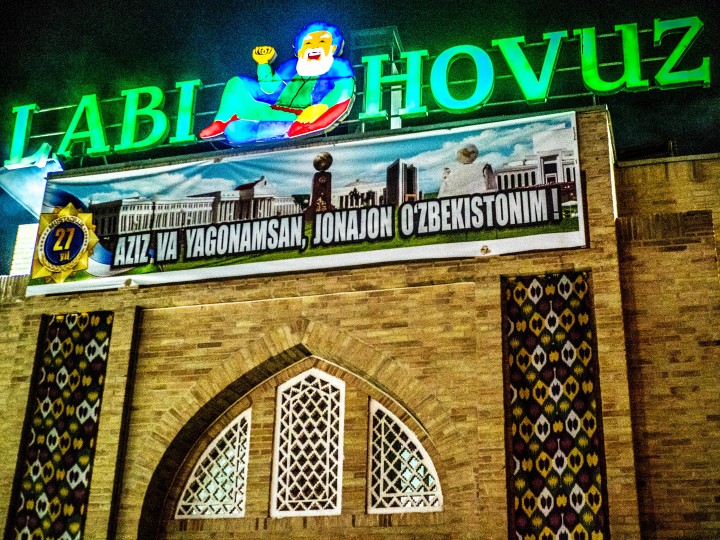
Bukhara Old Town, very touristy but you can get a decent meal here that probably won't give you dysentery
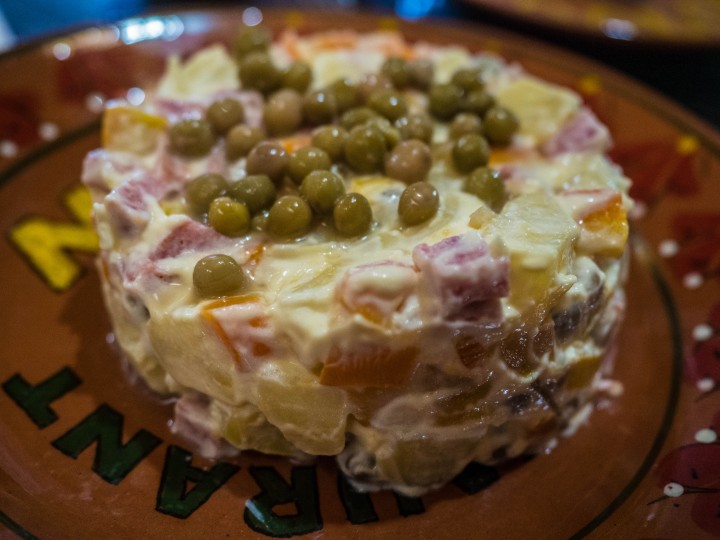
Russian Salad, It looks like a plate of Oregon Trail dysentery, but it's not bad at all. The mayonnaise is bacteriostatic

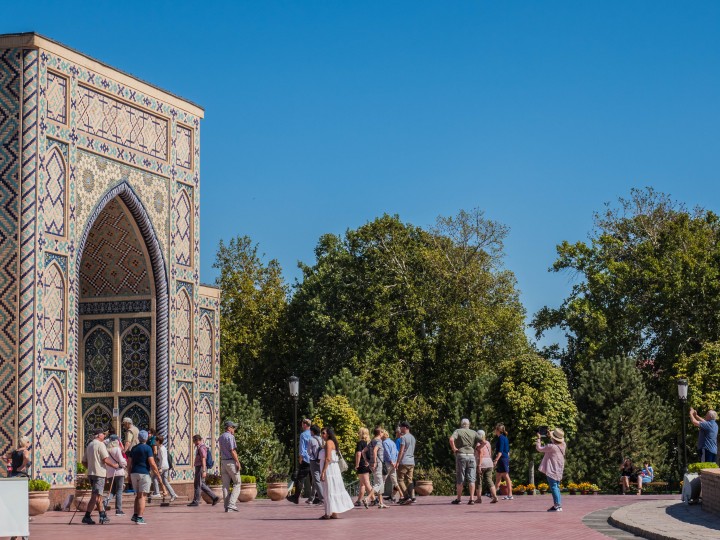
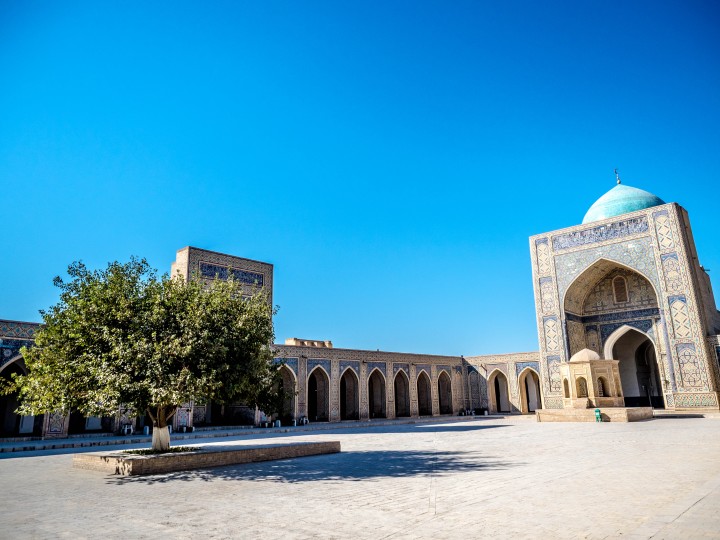
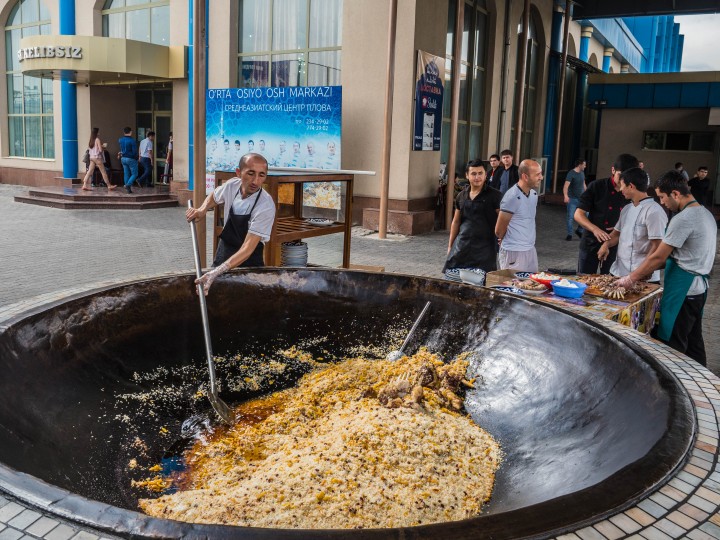
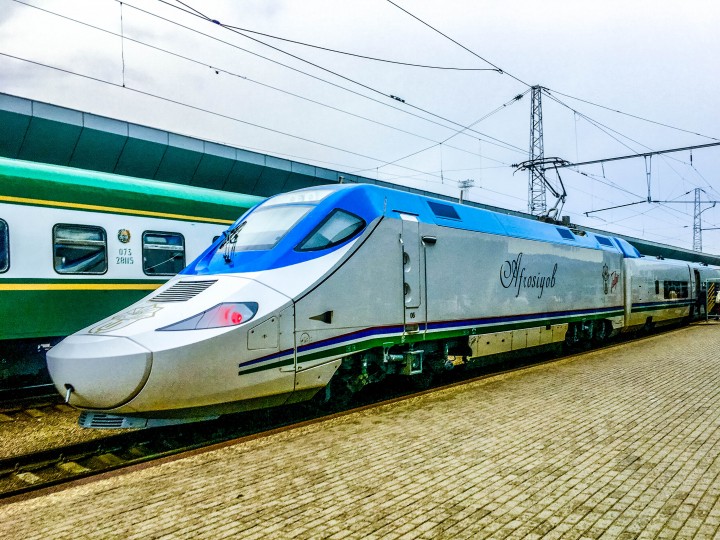
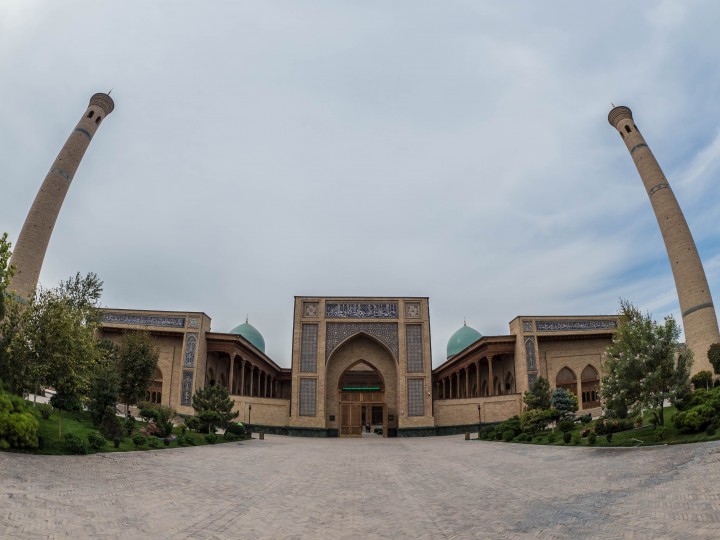
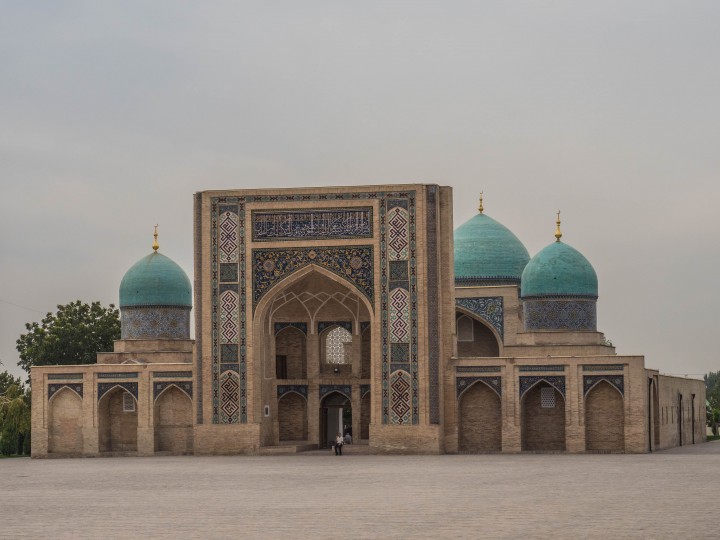
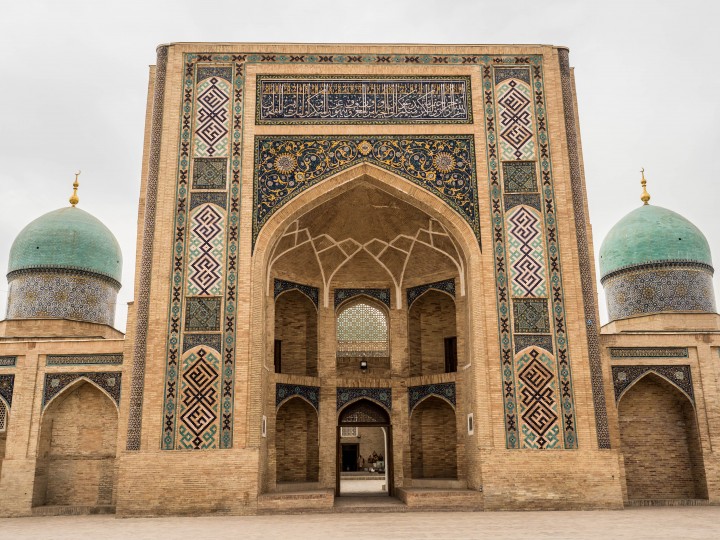
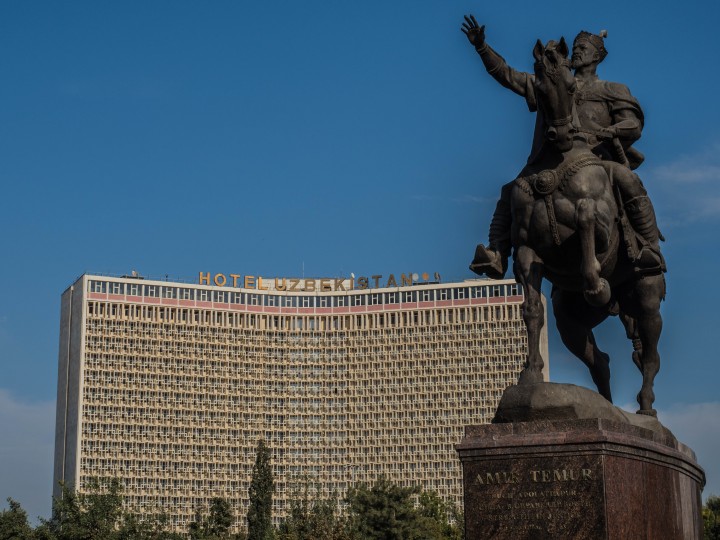
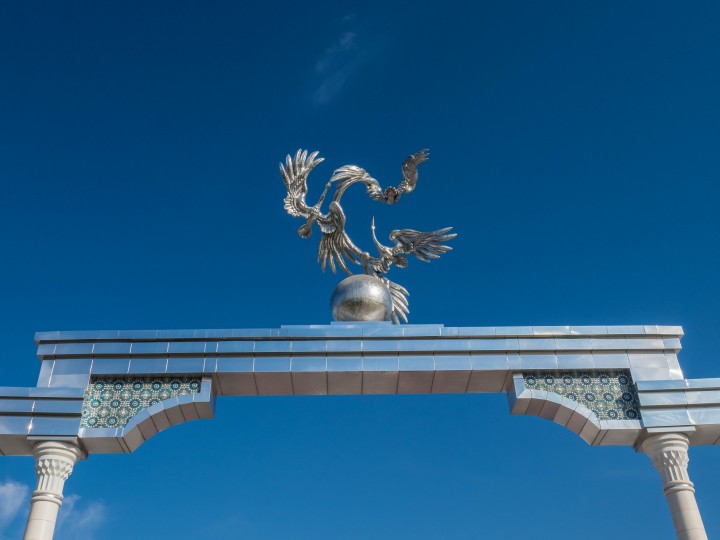
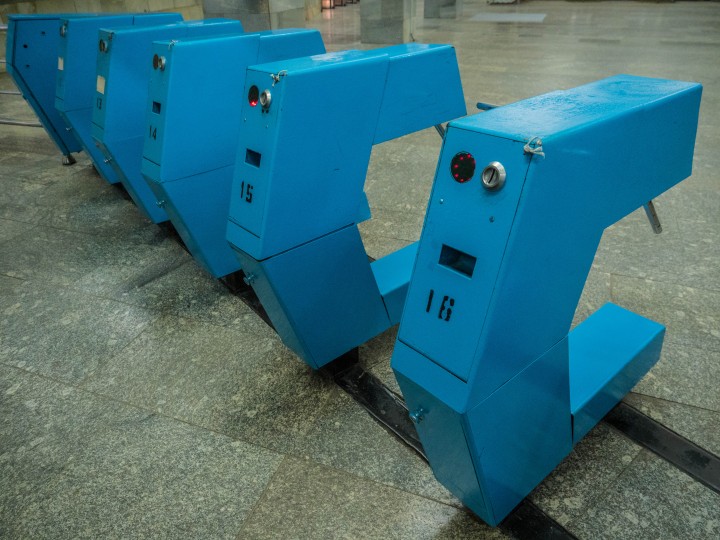
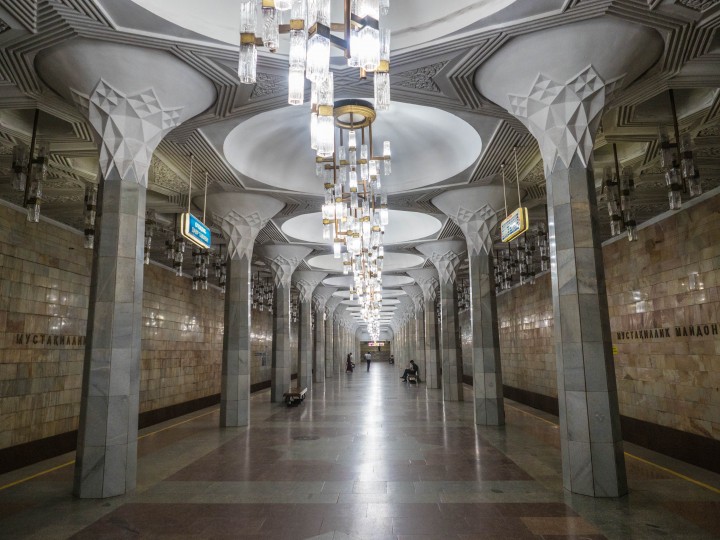
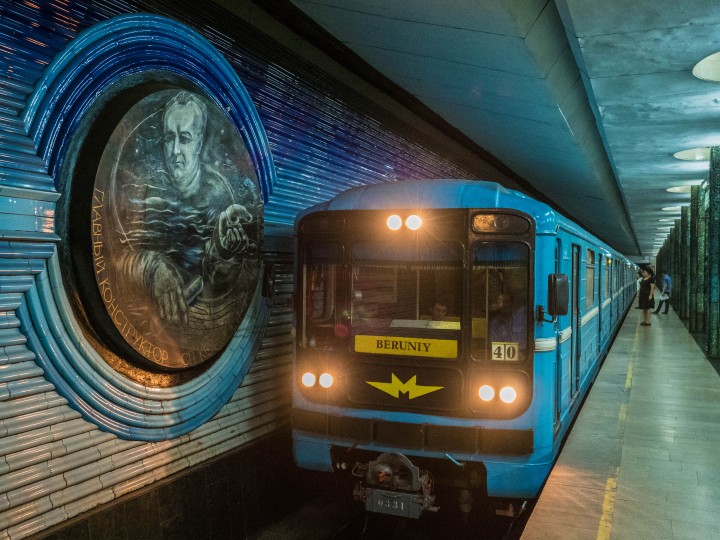
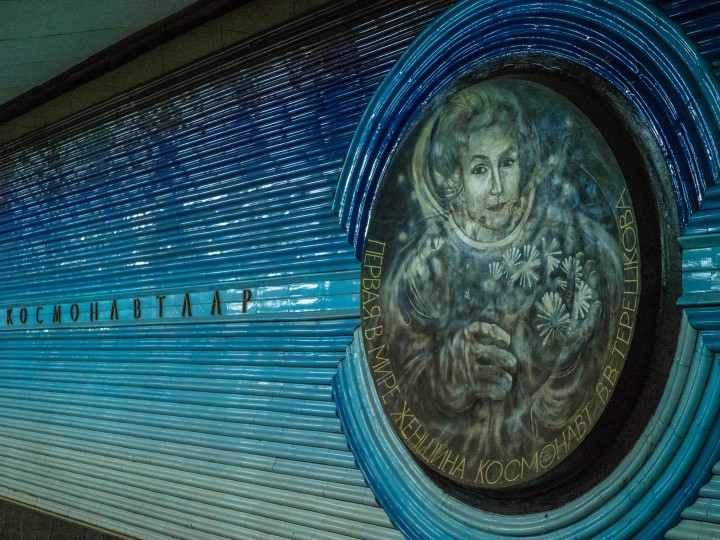
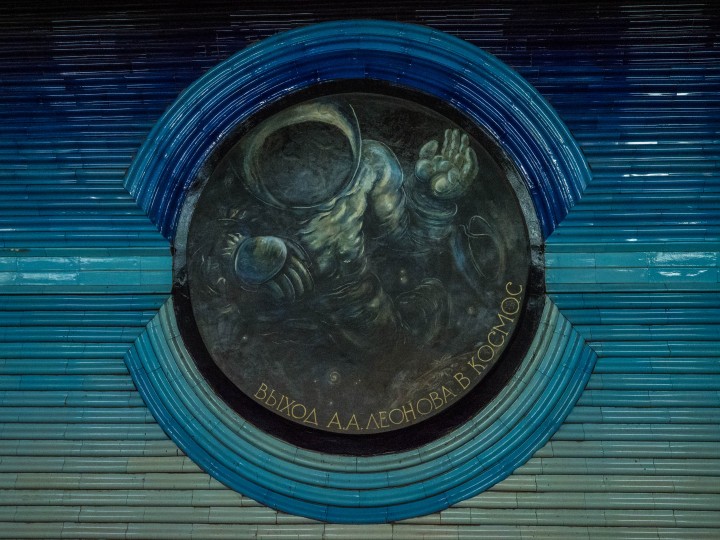
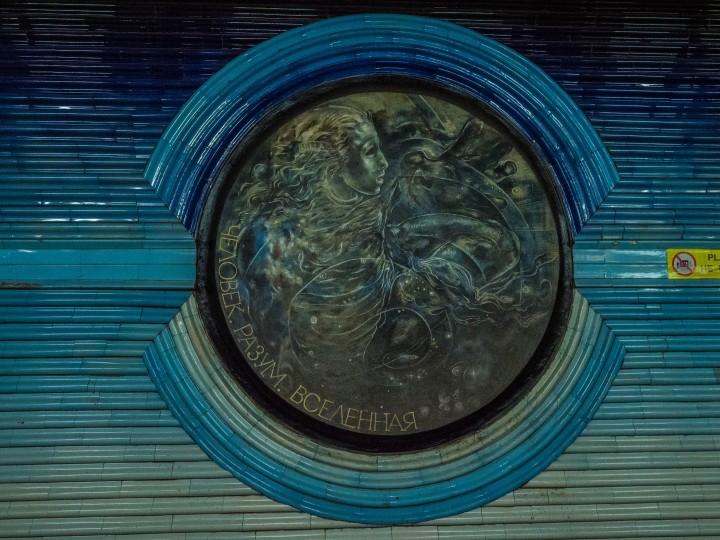
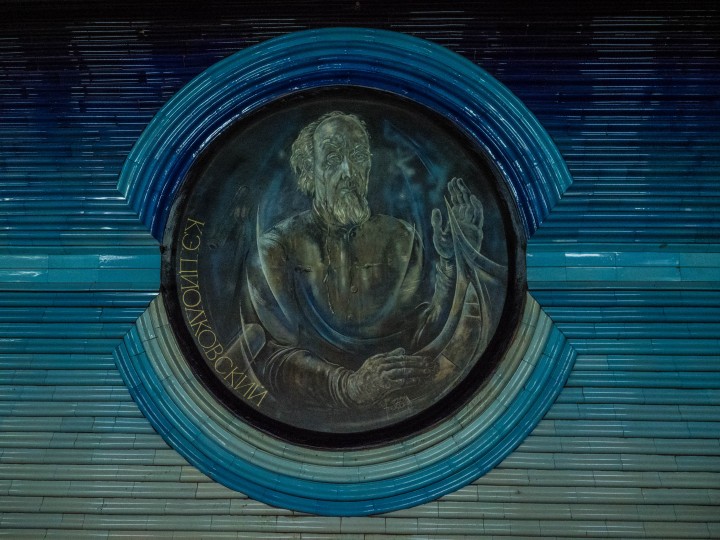
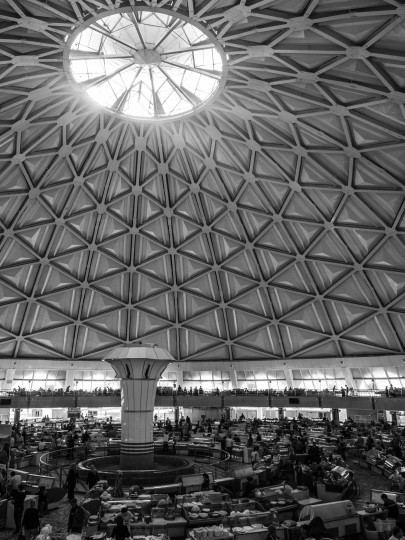
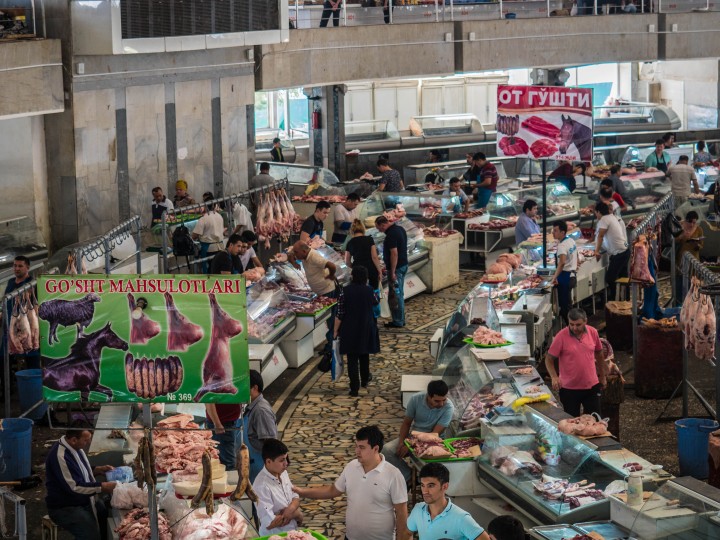
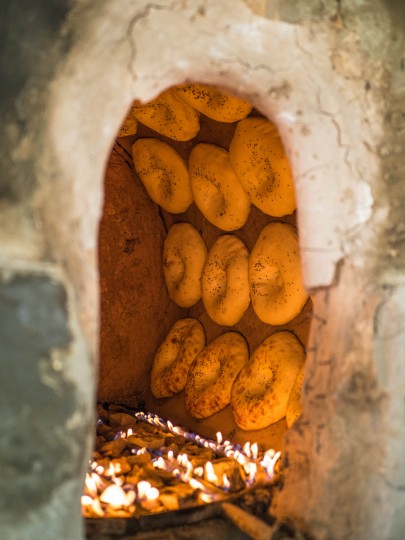
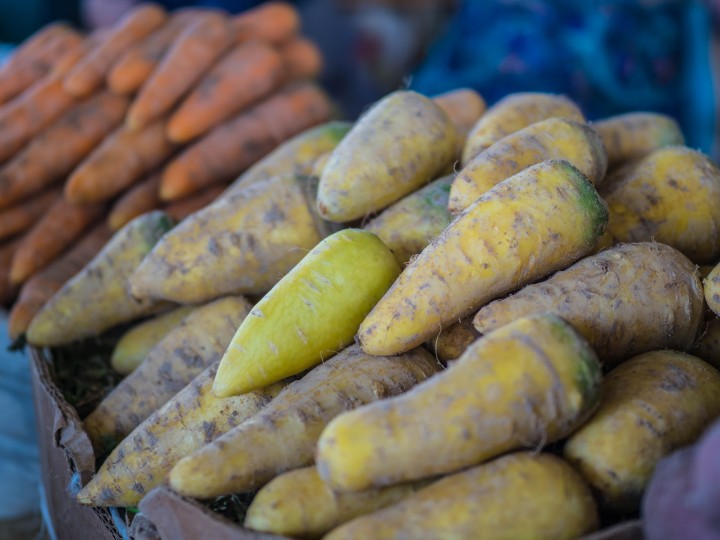
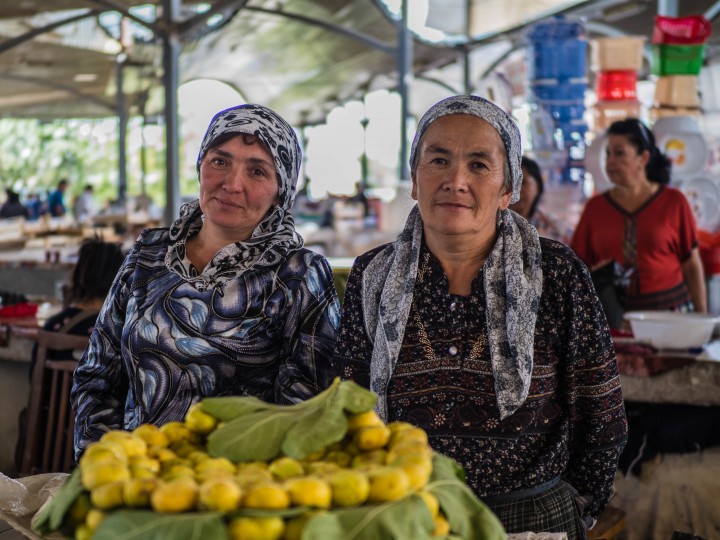
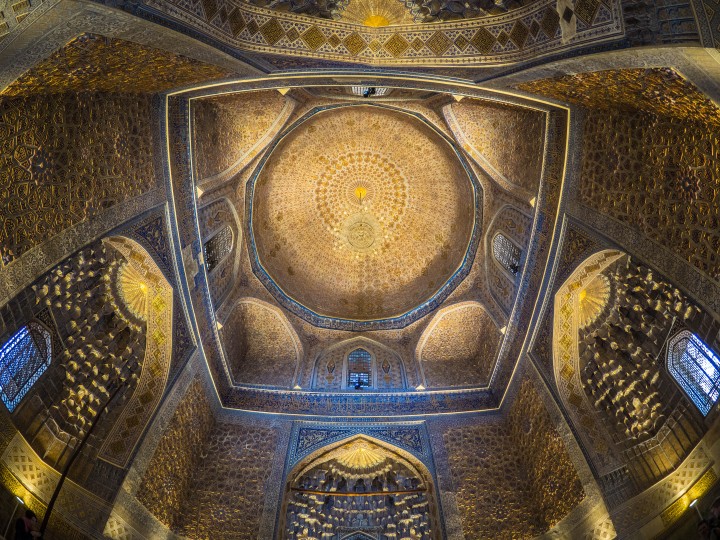
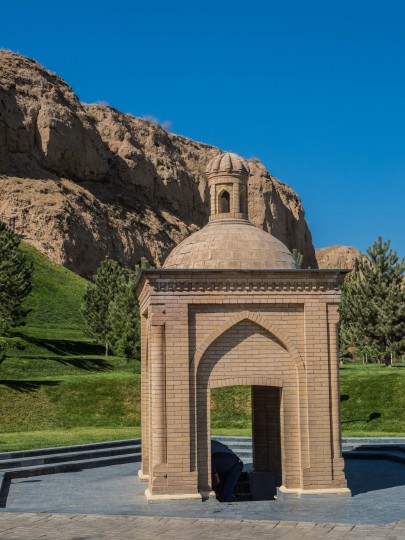
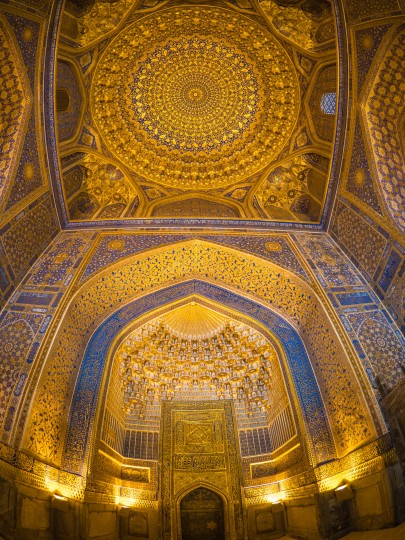
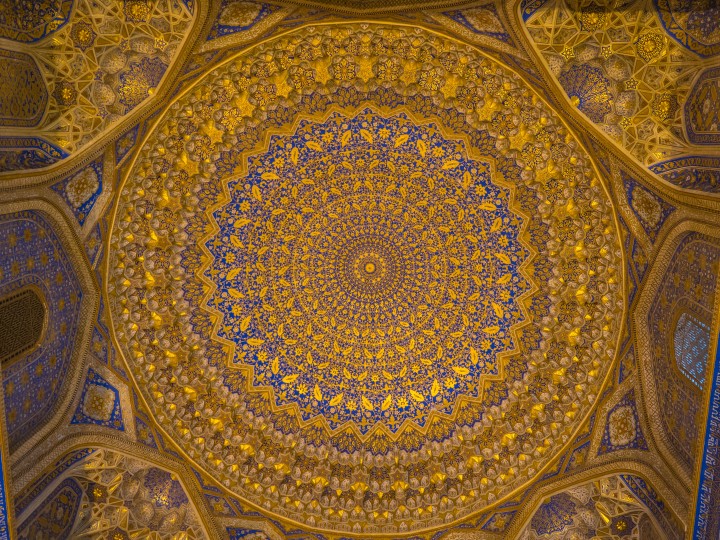
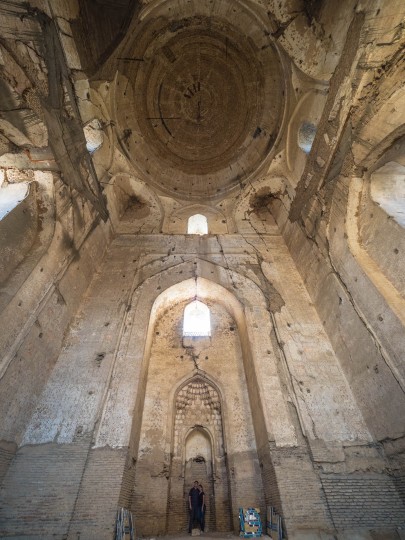
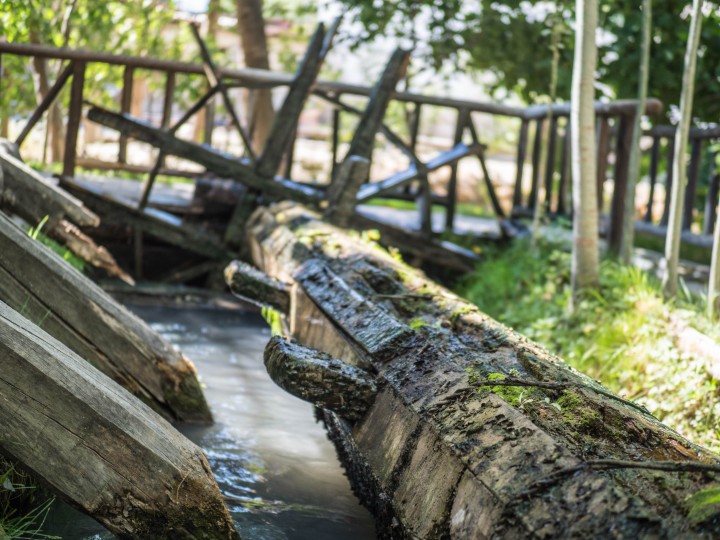
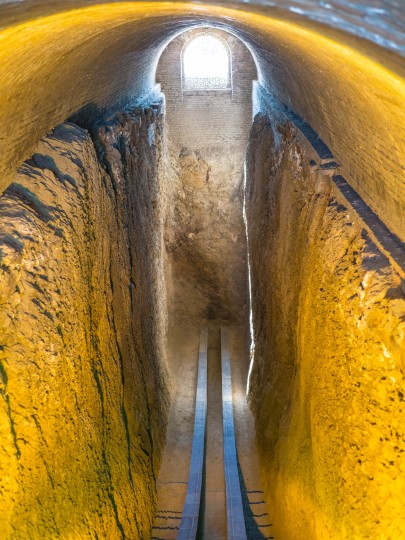
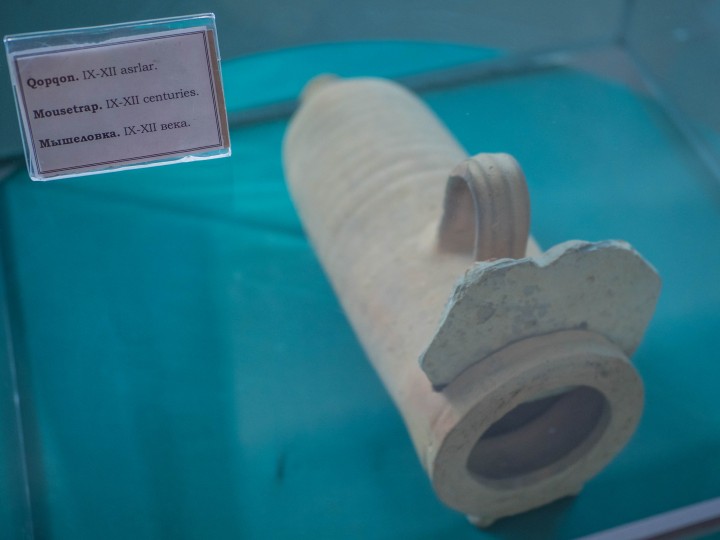
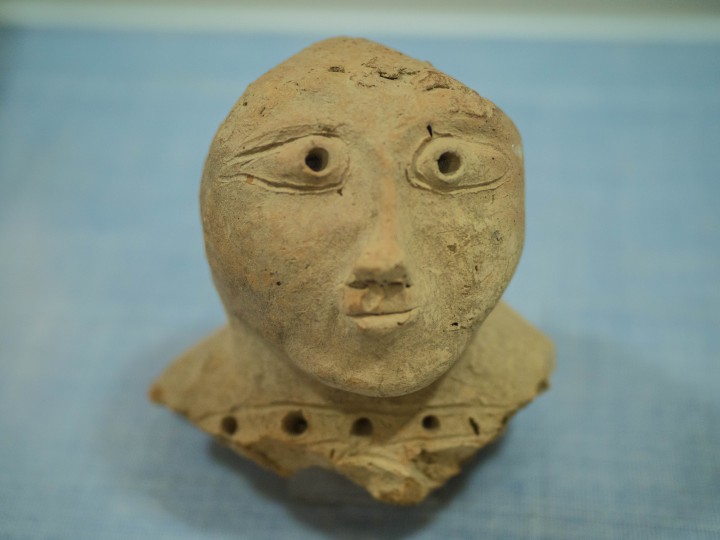
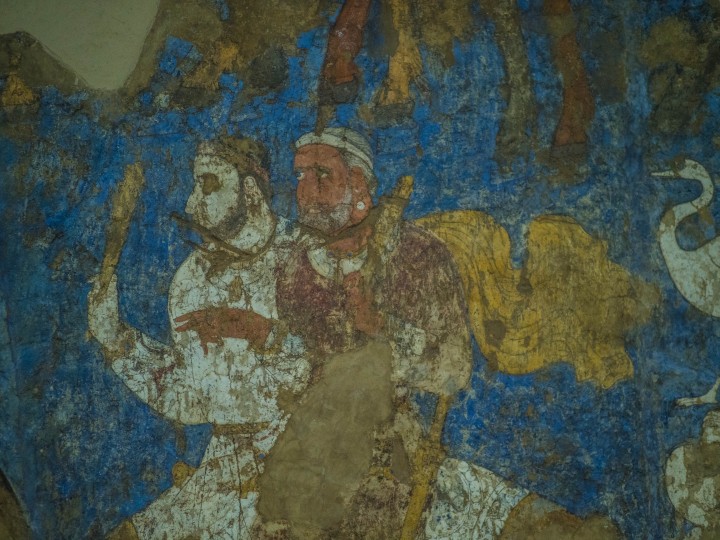
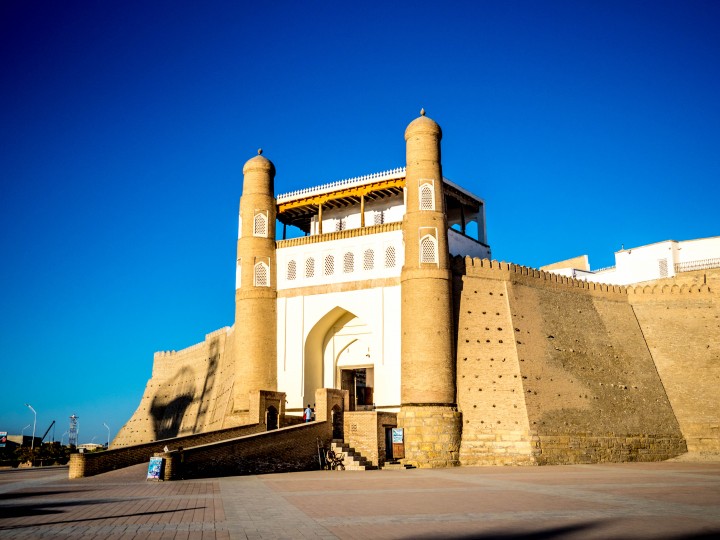
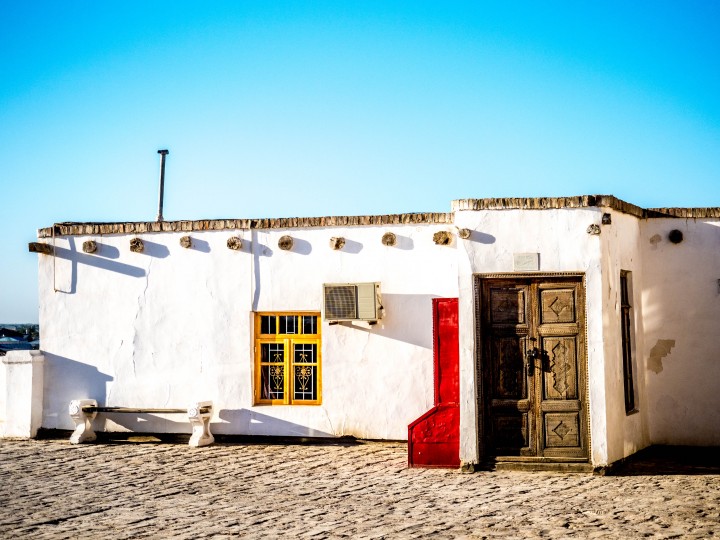
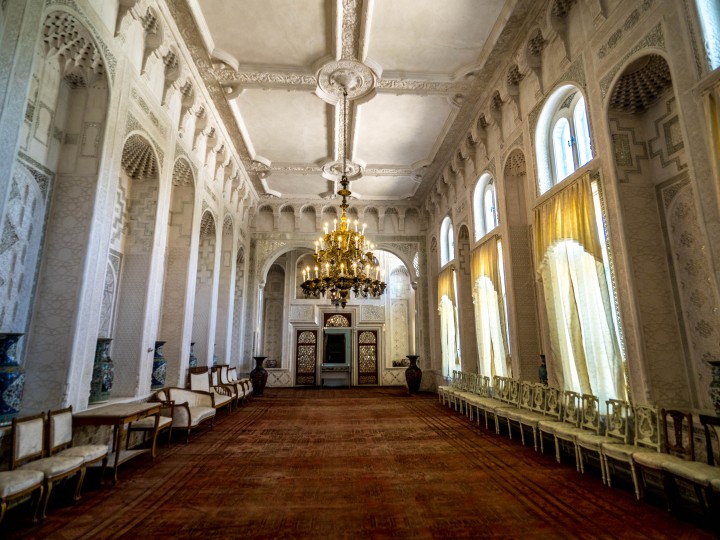
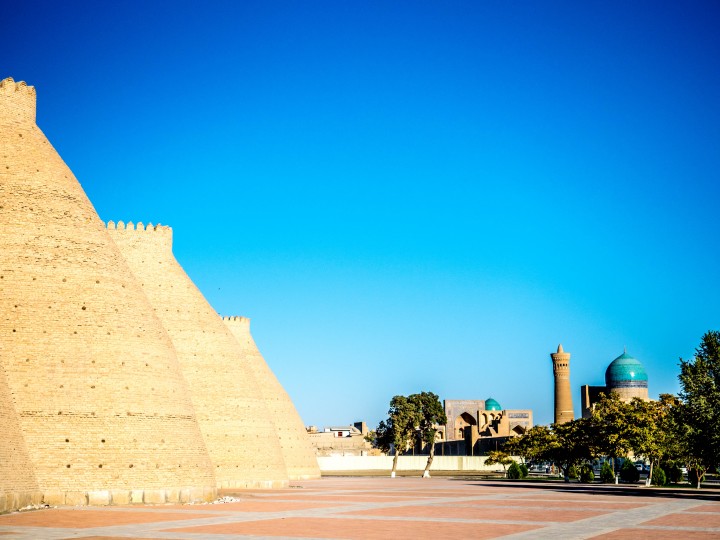
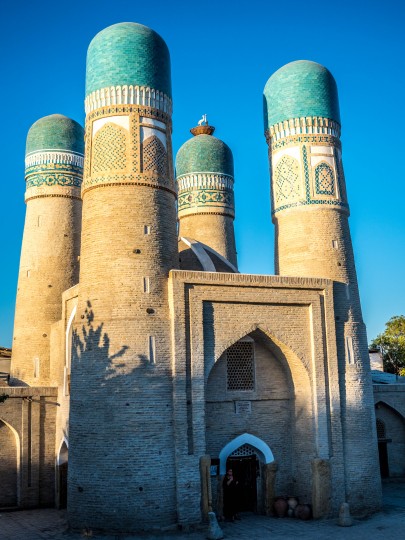
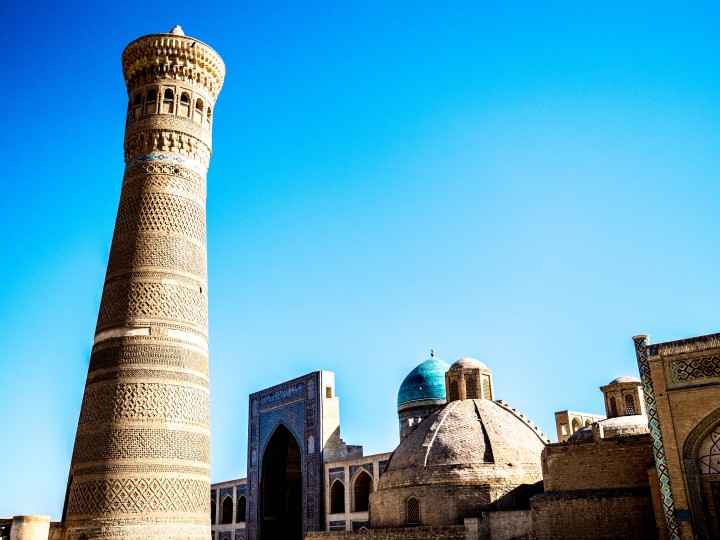
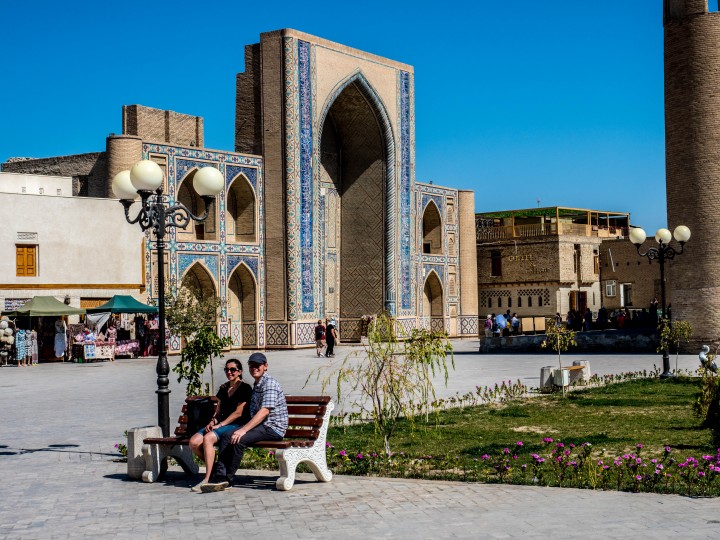
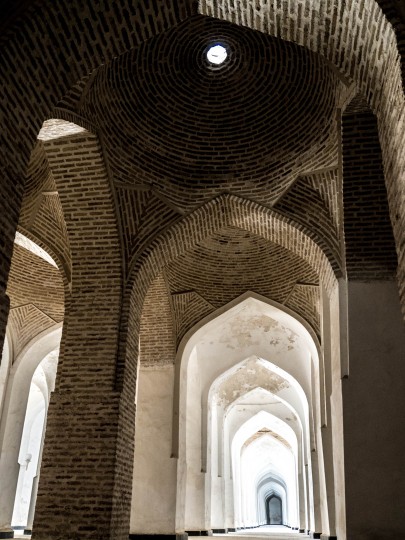
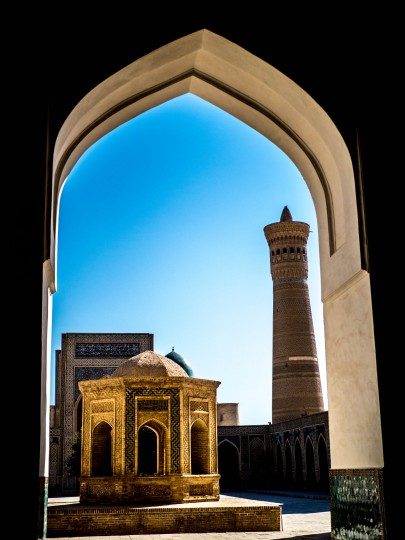
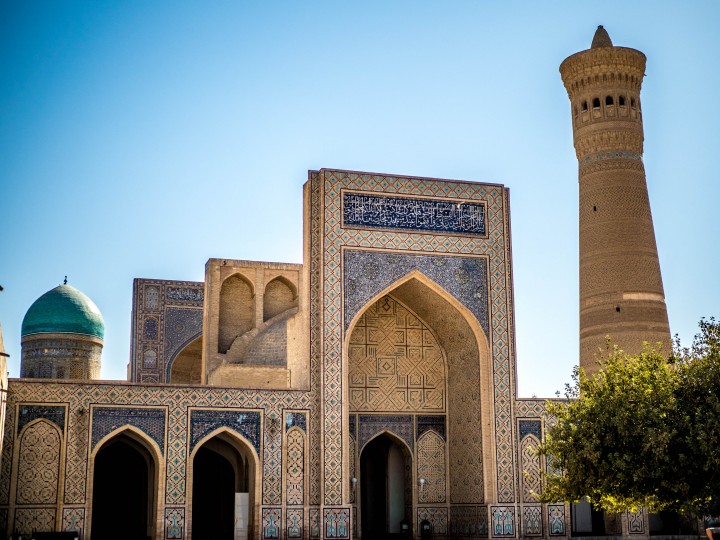
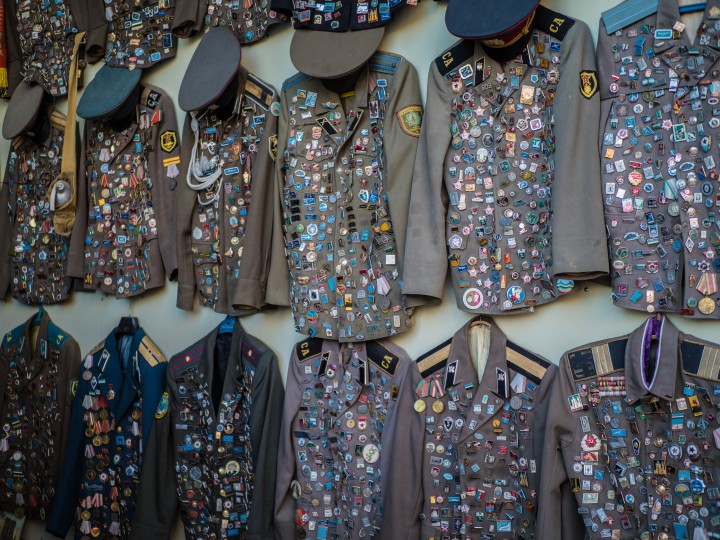

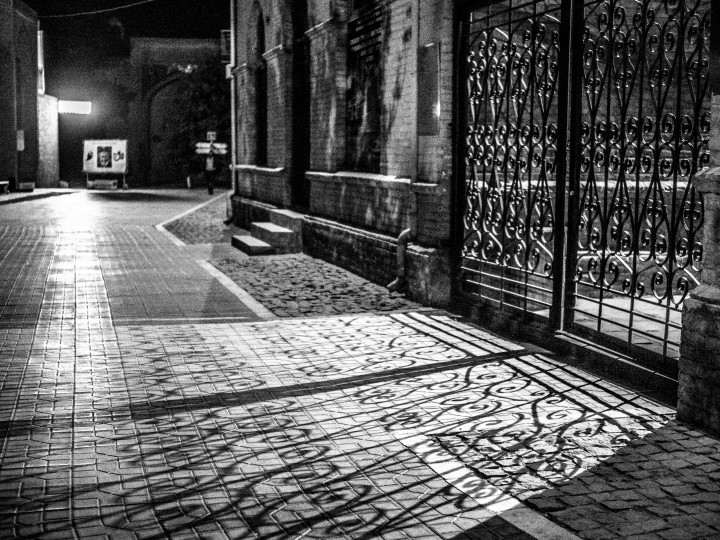
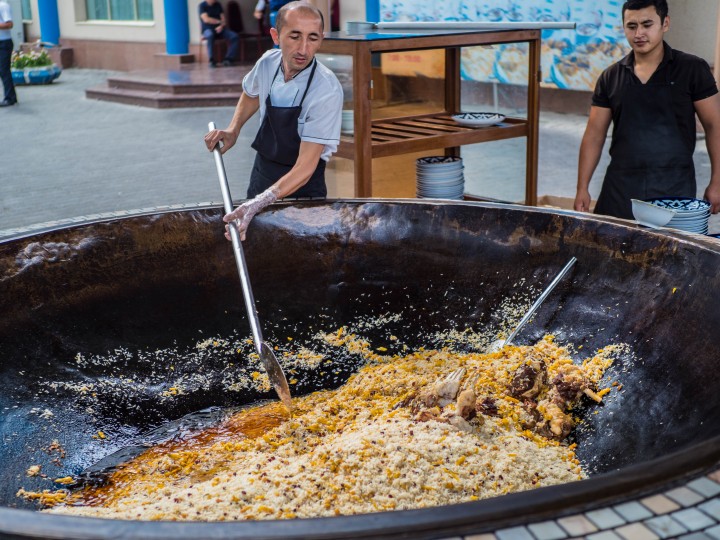
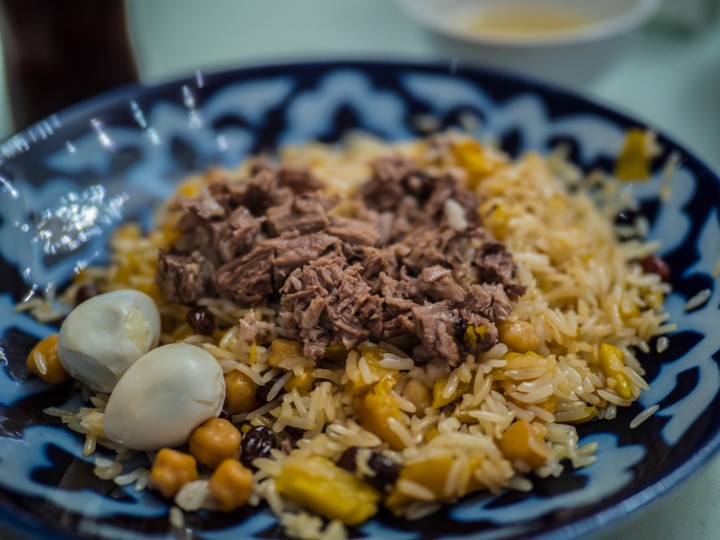
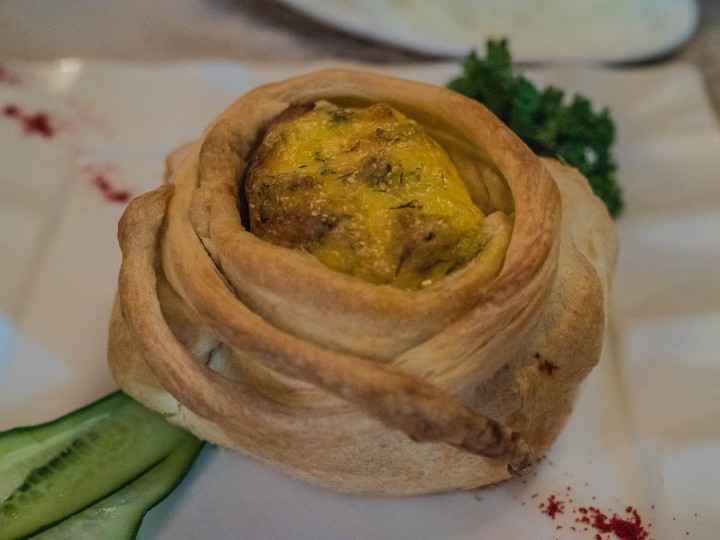
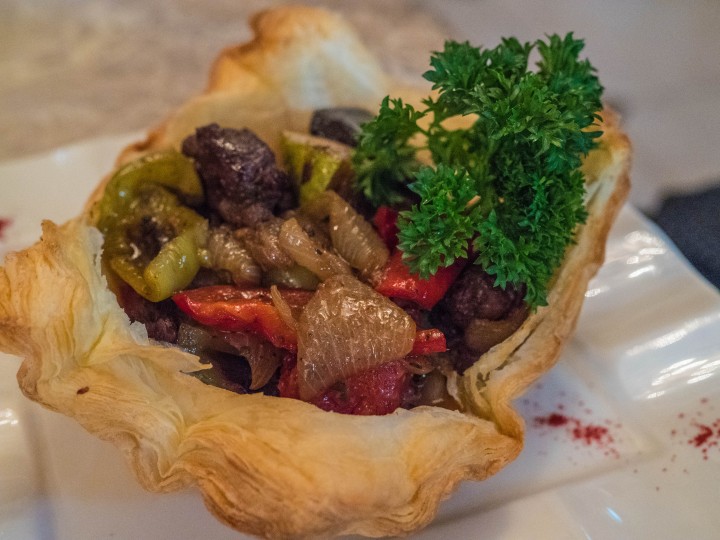
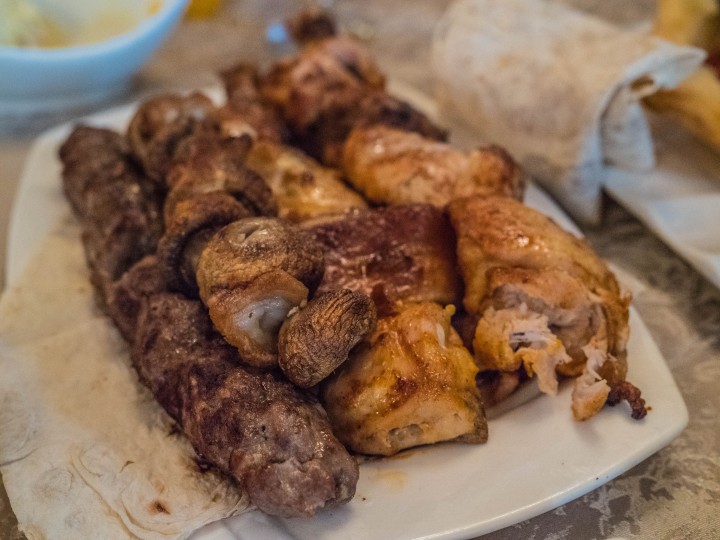
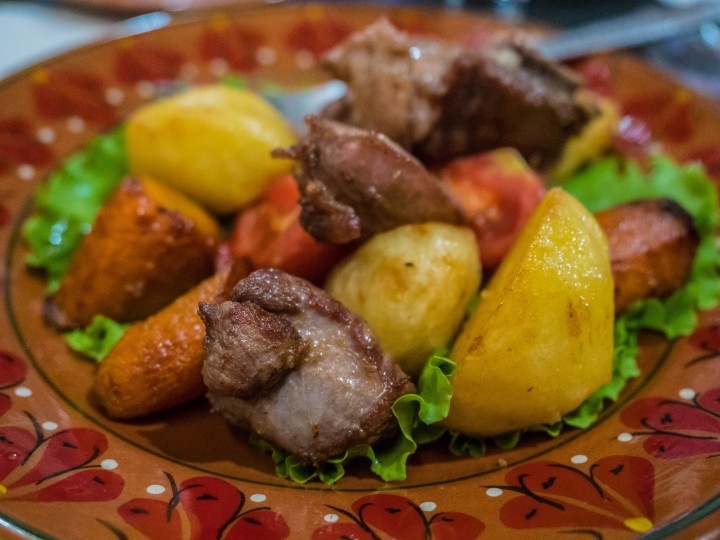
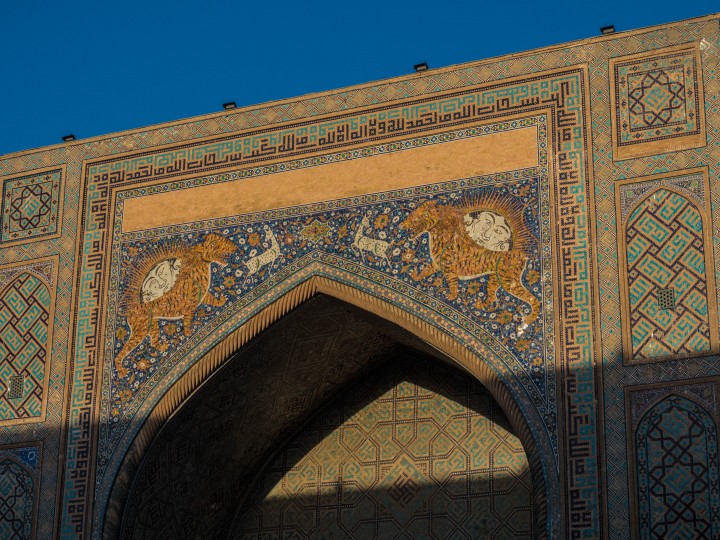
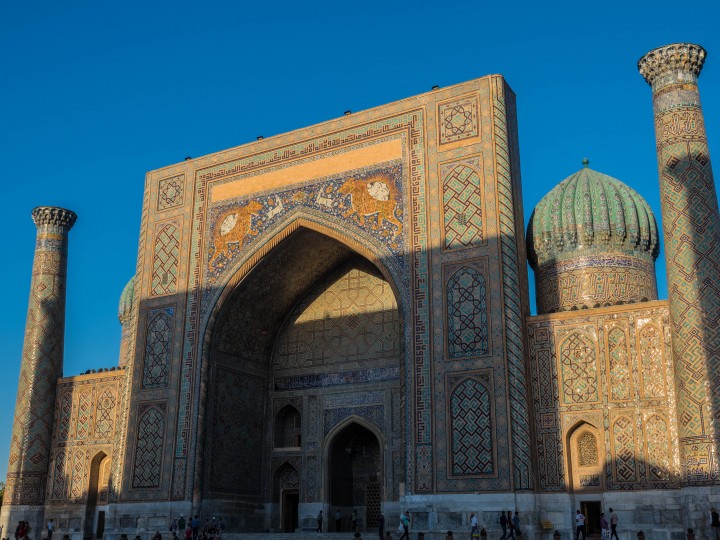
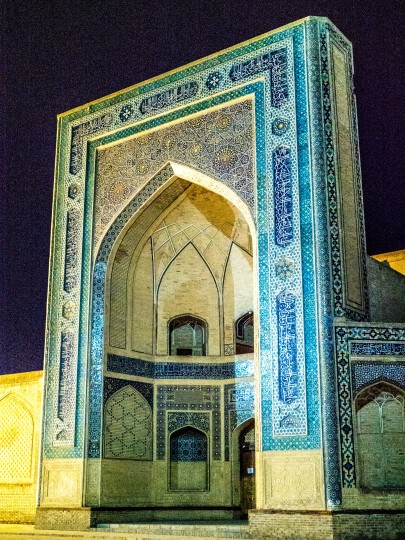
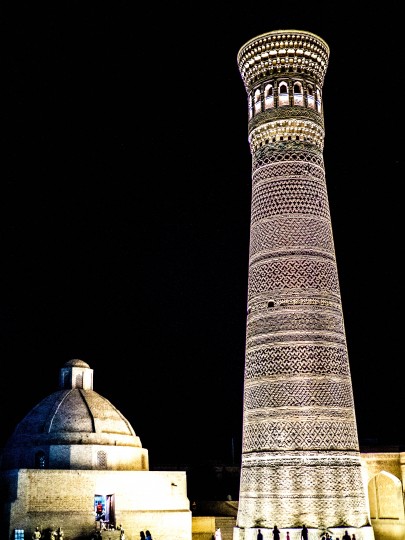
3 thoughts on “The Pensioner Pilaf Trail”
That giant cooking pan for the rice is soo cool! The up close pictures of it looked tasty too. The locals look like they are super nice, especially since they let you take their pictures. The subways are also surprisingly very nice looking. Glad you guys are having fun!
Very nice pictures and interesting place to visit, local people seem very friendly.
Alim Khan would never leave his haram behind, everyone knows this!!